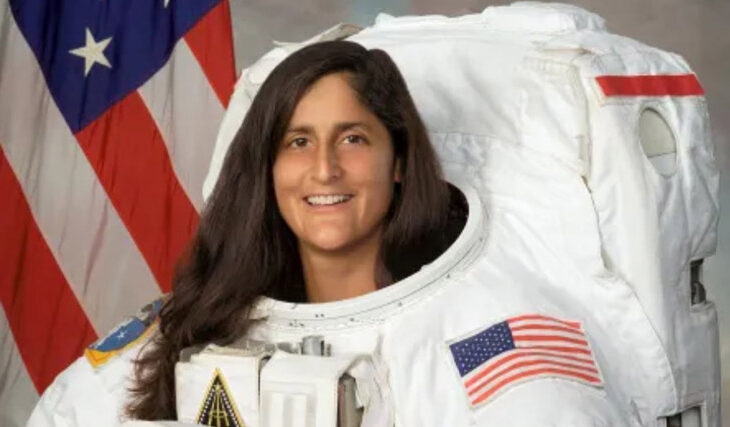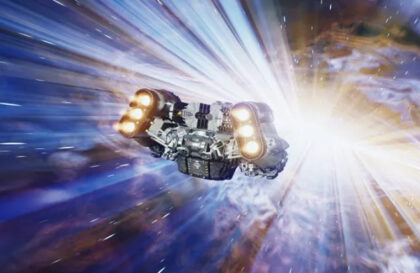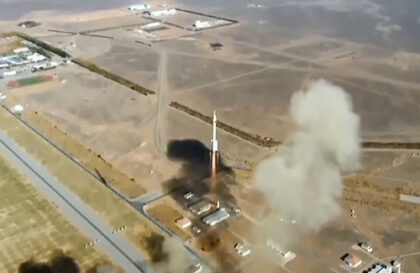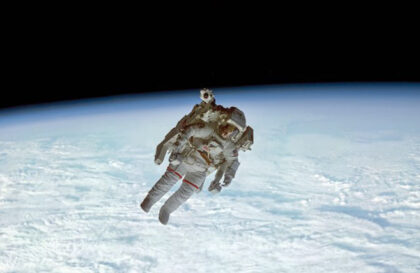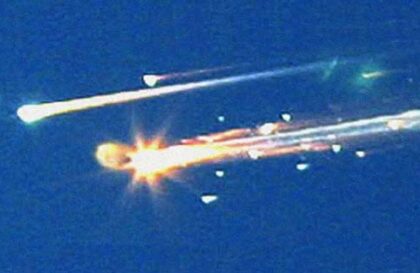71 women and more than 500 men have been in space. Why is this so?
Basic facts about female astronauts
Space flights began in 1961, with the first woman in space in 1963. Since then, women have set records in flights, spacewalks, and extended stays on the ISS.
NASA plans to land the first woman on the Moon by 2024 as part of the Artemis program. In the 1960s, Dr. Randy Lovelace began training female astronauts, proving their competitiveness in space, although gender parity in crew crews was still a long way off.
How many female astronauts are there in the world?
As of October 26, 2023, 611 cosmonauts, astronauts, and taikonauts participated in orbital space flights, including 75 women. By this time, six were dead (all from the USA), and three of them – J. Resnik, L. Clark, and K. Chawla – died in spaceship disasters (another American, K. McAuliffe, killed during the first launch before making an orbital flight).
Representatives of the United States have been in space most often (53). Only six women from Russia have been in space. In addition to the Americans and Russians, representatives from Canada, China, and Japan flew into orbit twice each and once each from Great Britain, France, Italy, and South Korea.
First woman astronaut
The first female cosmonaut was Valentina Tereshkova. Her flight took place on the Vostok-6 ship on June 16, 1963. She was selected from more than 400 applicants for the flight. At that time, she was 26 years old.
The Vostok-6 module malfunctioned, deviated from its course and landed in a place completely different from where it was expected. The first to greet Valentina Tereshkova (pictured left) were residents of the village of Murashkino, Altai Territory. Credit: TASS.
Tereshkova was born in the village of Maslennikovo, northeast of Moscow, and became a volunteer in the Soviet cosmonaut program after Yuri Gagarin made history on April 12, 1961, as the first person to fly into space. She was not a pilot but had extensive experience in parachute jumping – she had 126 jumps under her belt. The second was Soviet cosmonaut Svetlana Savitskaya in 1982, followed by Americans Sally Ride, Judith Resnik, and Katherine Sullivan in 1984.
“There won’t be another one in space!”
Sergei Korolev, one of the leading creators of Soviet rocket and space technology, reacted sharply to Valentina Tereshkova’s behavior and condition after her flight into space. In orbit, she had problems with her health (nausea, dizziness), missed communications, and did not carry out the experimental plan. After landing, Tereshkova violated the instructions by distributing space products to visitors and eating local food herself. These actions angered Korolev, who declared that no more women would fly into space in his lifetime. The next flight of a female cosmonaut, Svetlana Savitskaya, occurred only 20 years after Tereshkova in 1982.
Before the 1980s, NASA had concerns about orbital flights for women, including potential risks associated with menstruation in zero gravity and the possibility of childbearing after flight. Modern pharmaceuticals make it possible to control menstruation during missions, but this was not an option in the 1970s. However, Valentina Tereshkova and Svetlana Savitskaya, the first woman to perform a spacewalk, gave birth to healthy children.
In 1983, driven by scientific evidence and feminist pressure, NASA sent Sally Ride into space.
Do women want to go into space?
In 2019, a statement by Russian cosmonaut Sergei Ryazansky about female physiology and flight missions caused a scandal.
But in the United States and Europe, interest in space programs is high: thousands of applications for the position of astronaut have been received, including from women. Female astronauts undergo rigorous and intense training without concessions, including centrifuge, thermal chamber, hyperbaric chamber, sound chamber, and survival tests. These training are part of standard astronaut training.
Future cosmonauts are spun at breakneck speed in the centrifuge – up to 70 revolutions per minute. In the heat chamber, they practically fry: the air temperature rises to 60°C. There is so little oxygen in the pressure chamber that there is barely enough for breathing. The soundproofing chamber has a deafening silence and darkness in the portholes. You need to spend 72 hours in it, 48 of which are at work, absolutely without sleep.
Scuba diving, zero-gravity exercises, parachute jumping, and survival tests exist.
NASA begins making “women’s” spacesuits
In the spring of 2019, a historic spacewalk was planned with the participation of only two women, Anne McClain and Christina Koch, but due to the lack of a suitable-sized spacesuit on the ISS, this did not take place. Koch used the only women’s suit size available instead of McClain.
NASA astronauts Anne McClain, Christina Koch conduct spacesuit maintenance in the Quest airlock of the International Space Station. Credit: NASA
According to Peggy Whitson, the record holder for the longest time spent in space by women, it is more difficult for women to make spacewalks due to the discrepancy in the size of spacesuits. NASA has long made excuses for this situation. Six months later, a successful two-woman spacewalk was achieved, which included Koch and Jessica Meir, who replaced McClain on the ISS. They spent over five hours in outer space replacing a faulty external power supply.
But the new lunar spacesuit Exploration Extravehicular Mobility Unit (xEMU) considered all the comments: thanks to its movable design, it can be adjusted to any astronaut’s figure, regardless of height, size shape, and even gender.
Do non-professional astronauts fly into space?
Christa McAuliffe, an American math teacher, won a competition among 11 thousand colleagues to become the first civilian astronaut in space, where she planned to teach classes to schoolchildren. However, on January 28, 1986, 73 seconds after liftoff, the space shuttle Challenger exploded, killing seven crew members, including Christa McAuliffe.
Anousheh Ansari, an Iranian-American, became the first female space tourist and Muslim in space in 2006. She started as a stunt double for Japanese billionaire Daisuke Enomoto, but she took his place in the crew after his medical withdrawal. During her flight to the ISS, Ansari conducted experiments and blogged.
Wally Funk took a free flight into space on the New Shepard ship at Jeff Bezos’s invitation in July 2021. At 82, she became the oldest person to travel into space. Funk, who dreamed of space all her life and was part of the Mercury 13 program for training female astronauts in the 1960s, eventually became a pilot. But her dream of space flight came true.
Wally Funk has been trying to reach space for six decades. Credit: BLUE ORIGIN/ANADOLU AGENCY/GETTY
Yulia Peresild, a Russian actress, has been chosen to play the leading role in a feature film that Roscosmos planned to film on the ISS. In the fall of 2020, a casting took place, which was attended by thousands of applicants. Peresild, who demonstrates excellent health and acting talent, was chosen for this role. She is 36 years old. The flight with her participation took place in October 2021. Director Klim Shipenko went into space with her, who simultaneously performed several tasks: acting, directing, and make-up.
What is the future of women’s space?
In 2021, Anna Kikina was included in the crew of the 68th ISS Expedition, and on October 5, 2022, she went to the ISS on the SpaceX Crew Dragon ship, becoming the first alternative astronaut on this ship. Her mission lasted until March 12, 2023.
Also, in 2021, Russia and Tunisia signed a memorandum on training the first Tunisian female astronaut. In August of the same year, NASA began recruiting participants to simulate a Mars mission on Earth in the Mars Dune Alpha module. In addition, as part of the Artemis program, NASA plans to land the first woman on the Moon in 2024, where she will work on an orbital gateway platform along with her male counterparts. Candidates for this mission are already known.
Banner image: 5 September 2012. NASA astronaut Sunita Williams, Expedition 32 flight engineer, appears to touch the bright sun during the mission’s third session of extravehicular activity (EVA). Credit: NASA
Image credit:
https://www.nasa.gov
https://trends.rbc.ru
https://www.space.com
https://www.bbc.com
